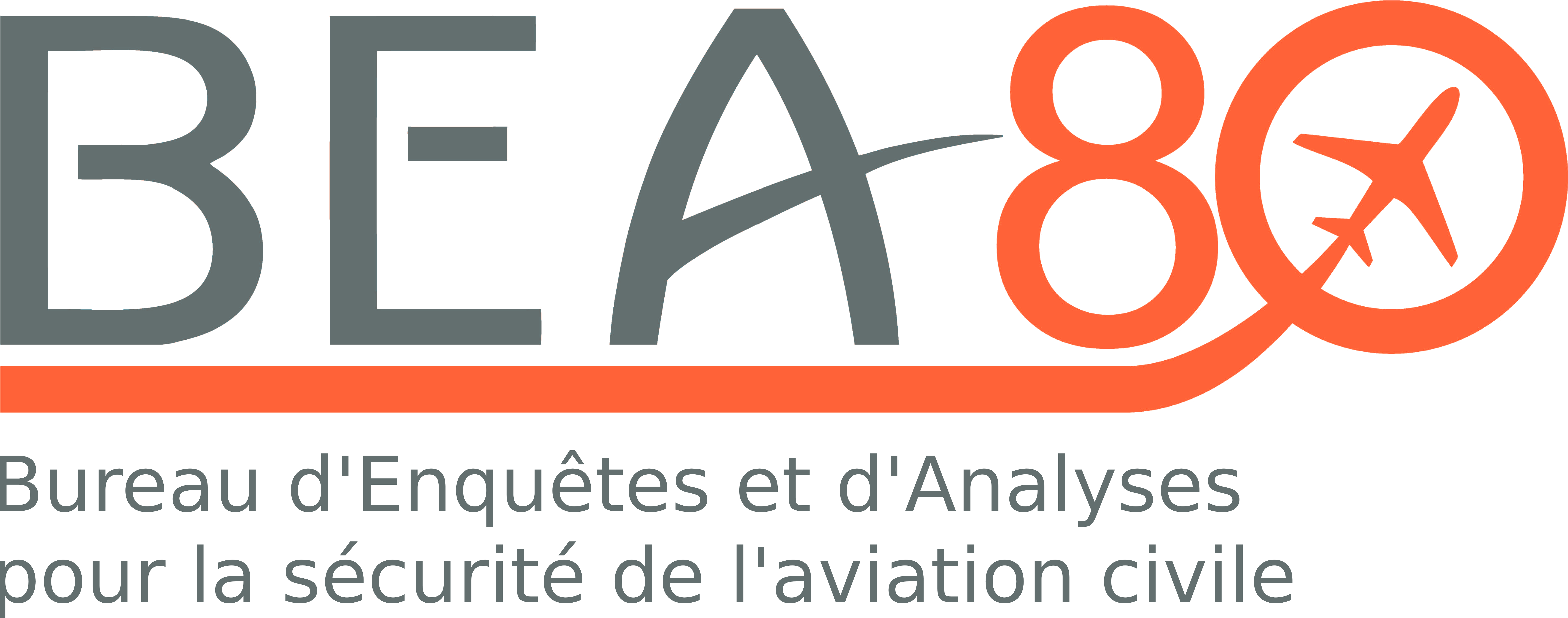Accident to the Issoire APM20 registered F-GRRH on 06/02/2022 at Eyguières
Atterrissage dur, rupture du train principal droit, sortie latérale de piste lors d’une simulation de panne moteur en montée initiale, en instruction
This is a courtesy translation by the BEA of the Final Report on the Safety Investigation published in June 2022. As accurate as the translation may be, the original text in French is the work of reference.
Note: the following information is principally based on statements made by the student pilot and the instructor. This information has not been independently validated by the BEA.
1. History of the flight
The student pilot took off at a speed of approximately 50 kt from paved runway 33[1], with a variable headwind of 10 kt, to fly runway circuits in dual control. At a height of approximately 100 ft, while climbing at 60 kt with flaps in the first detent position, the instructor announced an engine failure and reduced power completely to simulate this. As the student pilot did not react immediately, the instructor took control by pushing the elevator control firmly forward to reduce the angle of attack and perform a touch-and-go on the remaining section of the runway. He flared with the power lever at full power, but landed hard, about two metres to the left of the paved strip. On contact with the unpaved runway, the main right gear strut broke. The aeroplane swerved to the right, crossed the paved strip sideways before making a ground loop and coming to rest 50 m further on, on unpaved runway 33[2] (approximately 485 m from the end of the unpaved runway and approximately 125 m from the end of the paved runway), two metres from the right edge of the runway.
2. Aditional information
2.1 Student pilot and instructor experience
The 18-year-old student pilot had begun her training for the PPL(A) private pilot licence in October 2020. She had logged 28 flight hours (all on type), two of which in the previous three months. The day before, she had flown for the first time with this instructor who was replacing her usual instructor who was on leave. During this flight they had performed simulated failures exercises, stalls and runway circuits.
The 67-year-old instructor held a CPL(A) commercial pilot licence issued in 1979 and an instructor rating issued in 1991. He had been a fighter pilot and then a test pilot. He had logged 9,000 flight hours on light aeroplanes, of which 5,000 hours in instruction on single-engine aeroplanes. He had logged 150 flight hours on type, including approximately one hour in the previous three months.
2.2 Statements
The student pilot explained that the instructor did not tell her that he was going to simulate an engine failure on take-off. She added that it was the instructor who gave the before take-off safety briefing orally, as she was not yet familiar with it and that it was not given in detail in the checklist. When the instructor pulled the power control, she wondered why and did not react immediately.
The instructor explained that he wanted to check the correct assimilation of the expected reaction to an engine failure in the initial climb, and in particular the reaction of easing the stick forward to reduce the angle of attack and to maintain the speed. The reason for this was that the day before, they had carried out the same exercise (this time started at 300 ft) during which the student pilot had been surprised and had had no reaction. He explained that at the time of the landing there was still 125 m of paved strip and a further 400 m of unpaved runway. His intention was to take off again after touchdown.
2.3 Aircraft information
According to the flight manual, the take-off and landing performance of the APM20 on a paved runway with a 10 kt headwind, at the maximum take-off weight and in standard conditions, is as follows:
- Approximately 265 m for the take-off run distance;
- Approximately 400 m for the take-off distance (flight through 15 m);
- Approximately 215 m for the landing run distance;
- Approximately 375 m for the landing distance (flight through 15 m).
2.4 French Aeronautic Federation (FFA) safety instructions for engine failure exercises in initial climb, in instruction
The SEP or TMG Safety Manual (1st edition October 2015), written by the FFA Training Commission, is for use by examiners (FE), as well as instructors (FI) working in FFA flying clubs who choose to do so. This manual specifies the safety instructions to be applied by an FE when carrying out a test or check. It also allows the instructor to take into account these safety instructions and to apply them during the flight training of the student pilots.
Any simulated failure must be stopped if the optimal conditions for its execution are not met.
Safety Sheet 4-4 entitled "Simulated Engine Failure After Take-off" states that the following guidelines should be followed:
o Height at which power is reduced: above 500 ft AGL;
o Minimum height at end of exercise: 300 ft AGL;
o In the event of late recognition of the situation or inappropriate reaction by the candidate, the examiner will call out "CONTROLS TO THE RIGHT" and then immediately stop the exercise.
